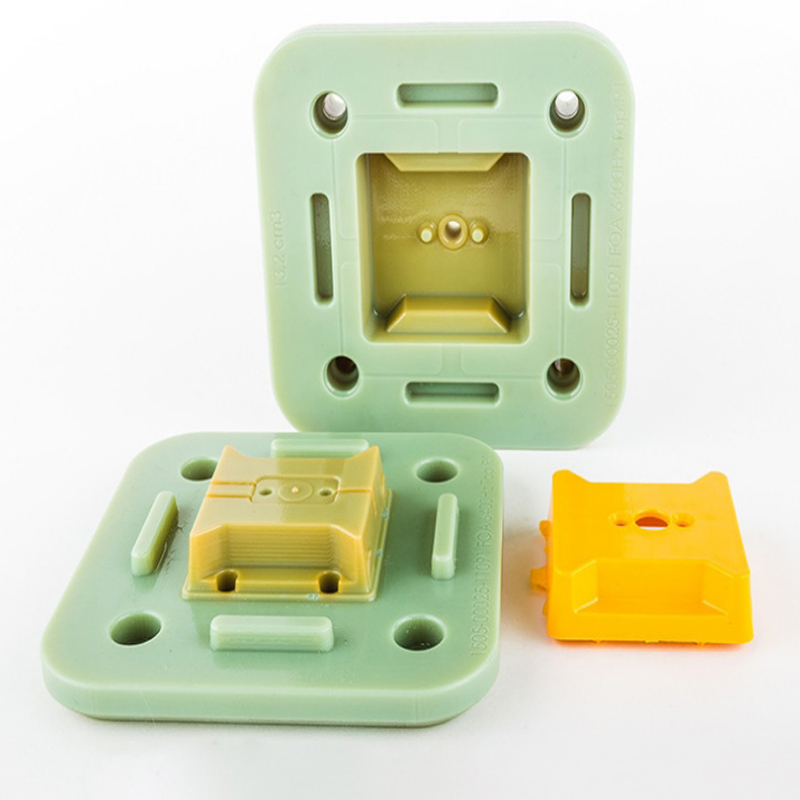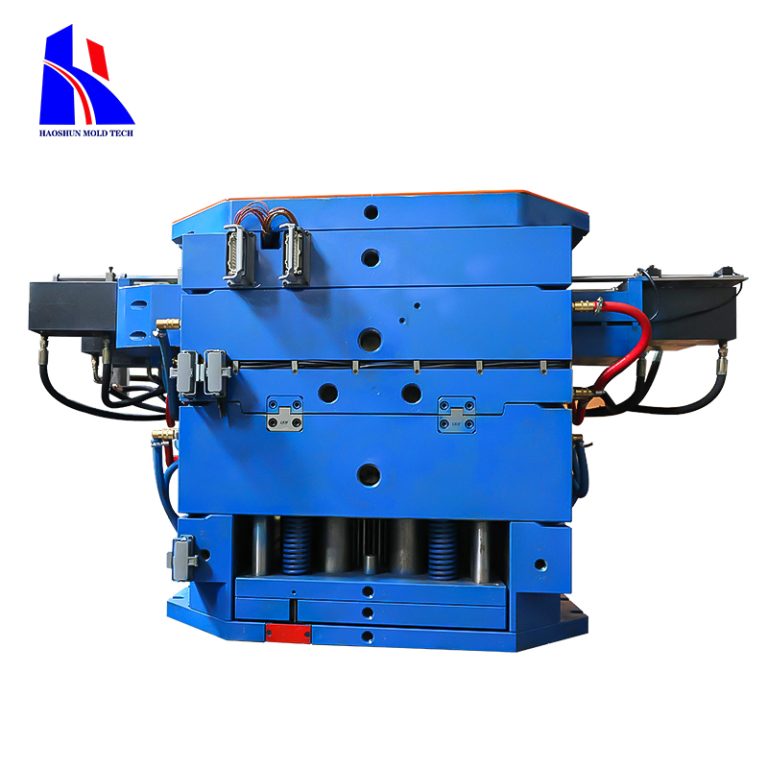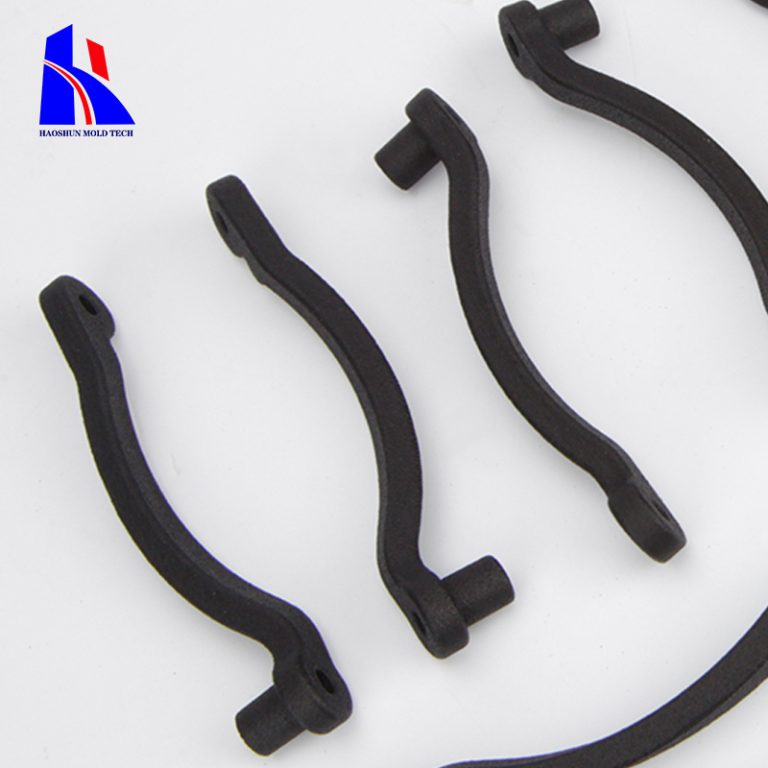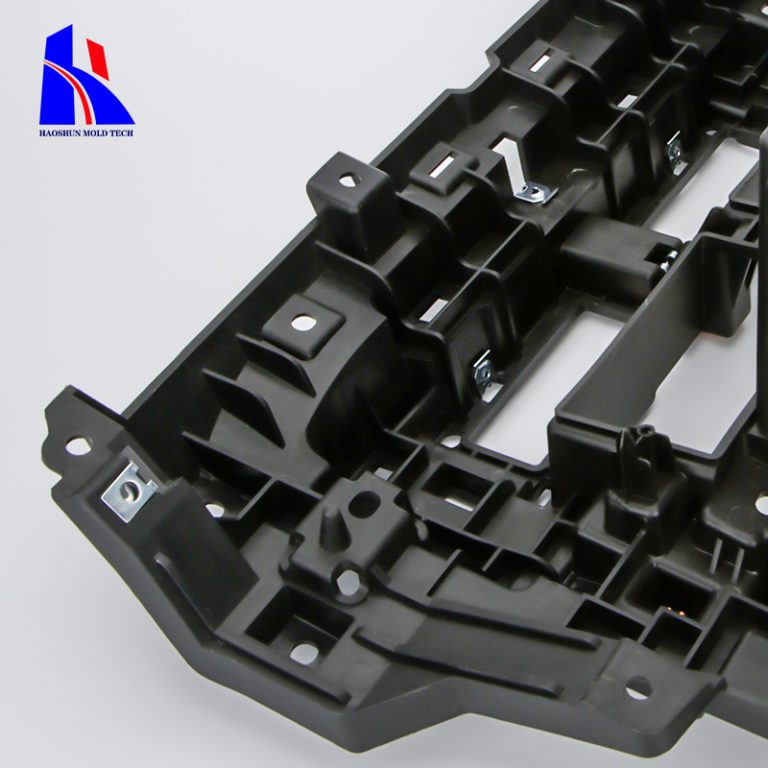plastic production parts low volume production plastic parts
When discussing low-volume production of plastic parts, several aspects come into play, including manufacturing processes, material choices, cost considerations, and applications. Here’s a detailed overview:

- Manufacturing Processes for Low-Volume Plastic Parts
1.3D Printing (Additive Manufacturing):
2.Advantages: Rapid prototyping, design flexibility, and minimal tooling requirements. Ideal for very low volumes and complex geometries.
3.Materials: PLA, ABS, PETG, resin, nylon, etc.
4.Applications: Prototypes, custom parts, small-batch production.
5.Injection Molding:
6.Advantages: High precision, consistent quality, and suitable for relatively small to medium volumes.
7.Tooling: Requires custom molds, which can be expensive but are durable.
8.Materials: Thermoplastics like polypropylene (PP), polyethylene (PE), and thermosets like epoxy.
9.Applications: Consumer goods, automotive parts, medical devices.
10.CNC Machining:
11.Advantages: High precision and ability to work with a variety of materials. Good for creating detailed parts.
12.Materials: Plastics like acetal (POM), polycarbonate (PC), and acrylic (PMMA).
13.Applications: Functional prototypes, tooling, and end-use parts.
14.Thermoforming:
15.Advantages: Cost-effective for medium-volume runs, particularly with larger parts.
16.Materials: ABS, PET, polycarbonate.
17.Applications: Packaging, trays, and medical packaging.
18.Rotational Molding:
19.Advantages: Suitable for hollow parts and large geometries.
20.Materials: PE, PVC.
21.Applications: Tanks, containers, and large structural components.
- Material Choices
22.Thermoplastics:
23.Examples: Polypropylene (PP), Polyethylene (PE), Acrylonitrile Butadiene Styrene (ABS), Polylactic Acid (PLA).
24.Characteristics: Can be reheated and reshaped, good for most low-volume production needs.
25.Thermosets:
26.Examples: Epoxy, Phenolic.
27.Characteristics: Cure into a permanent shape, generally used for more durable and heat-resistant applications.
28.Elastomers:
29.Examples: Silicone, Rubber.
30.Characteristics: Flexible and elastic, used for seals, gaskets, and soft-touch components.
- Cost Considerations
31.Tooling Costs:
32.Injection Molding: High initial cost for molds but lower cost per part for larger runs.
33.3D Printing and CNC Machining: Lower initial costs but potentially higher per-part costs for larger runs.
34.Material Costs:
35.Depends on the type of plastic and volume. For low volumes, materials like PLA and ABS are generally affordable.
36.Labor and Setup Costs:
37.Includes design, setup, and finishing processes.
- Applications
38.Prototyping: Rapid and accurate representation of design concepts.
39.Small-Batch Production: For niche markets or limited editions where large-scale manufacturing isn’t viable.
40.Custom Parts: Tailored components for specific needs or low-production runs.
- Considerations for Choosing a Process
41.Part Complexity: 3D printing is ideal for complex geometries, while injection molding excels with simpler shapes.
42.Volume Requirements: Injection molding is cost-effective for slightly higher volumes, while 3D printing is better for very low volumes.
43.Budget: 3D printing and CNC machining have lower setup costs compared to injection molding, but per-part costs can be higher.
Each manufacturing process and material has its strengths, so the choice will depend on the specific requirements of the project, including budget, volume, and part specifications.
email : shine@haoshuntech.com
telephone: +8613560008062






